Description
One-of-a-kind new rug, hand-knotted by Berber Tribes in the Boucherouite style using upcycled textiles
Dimensions: 2’8″ x 6’10” (81 cm x 208 cm)
Natural inconsistencies are inherent in these unique, handcrafted rugs
One-of-a-kind new rug, hand-knotted by Berber Tribes in the Boucherouite style using upcycled textiles
Natural inconsistencies are inherent in these unique, handcrafted rugs
Motifs
- Moroccan rugs don’t come with a key. As with any painting or poem, their motifs have many subjective interpretations. Originally made for personal use, these rugs took months to weave, documenting a shifting tide of events and emotions in the weaver’s life
- Artisanal and tribal, geometric designs feature angular edges and simple shapes—like diamonds, squares, lattices, and stylized animals
Region of Origin
Unlike most Moroccan rug names, Boucherouite refers to the style of the rug, not to its location of origin. These rugs are woven across the country and are so-called for their materiality: bu sharwit is a Moroccan Arabic term meaning ‘piece of cloth’. Much like quilting, these pieces are made up of many scraps of fabric to create a whole much greater than the sum of its parts.
Material Details
This rug is called a boucherouite, which derives from bu sharwit, a Moroccan Arabic term meaning ‘piece of cloth’. Reflective of the ever-shifting post-modern, post-consumer landscape, these ‘everything rugs’ are woven with colorful miscellaneous fiber scraps. In this piece, a mixed-fiber pile is knotted onto a strong cotton foundation.
- Dust and dirt that accumulate in your rug can erode the fibers over time. The best way to combat this is to take your rug outside and give it a good shake once a week. Depending on how large it is, you may need to recruit a friend to help. Also, be sure to get a rug pad—this helps to preserve your rug in spite of dirt.
- If shaking it out isn’t possible, you can vacuum it instead—just be cautious, and don’t use a rotary vacuum, because it can damage the fibers. Once or twice a month, vacuum on low power with a non-rotary (no spinning brush) vacuum or suction attachment only, moving gently from side to side. Once or twice a year, flip your rug over and vacuum the back.
- Once a year, let it sunbathe. Hang it in the sun for a few hours when it’s hottest, and flip it over midway through, to expose both sides to direct sunlight. This sun-bleaching helps further sanitize the wool. It’s a natural method to bleach and deodorize it.
- To ensure equal wear and protect against walk patterns, change your rug’s direction periodically. You can also flip your rug upside-down once in awhile, and use it like that for a bit. With Moroccan rugs, the back is typically as nice as the front.
- Every 3-5 years, we recommend getting your rug professionally hand-washed with a Moroccan rug expert. Please do not take it to get steam or dry cleaned—this will almost certainly damage the rug! Hand-washing requires the use of a pH-balanced shampoo, worked into the rug by hand with a soft-bristled brush, before being rinsed thoroughly. This process should be repeated a few times.
- In case of spills:
- If the spill is organic and non-oily (e.g., wine), use a paper towel or cloth to blot the liquid. Add some clean water sparingly to the spot to dilute the stain (or wet a paper towel or cloth) and blot. Repeat this process until the stain is removed.
- If the stain is persistent, resist the urge to scrub. Scrubbing can damage the wool fibers and more easily allow the stain to penetrate. You may try using a mild detergent, such as very diluted dishwashing soap, following the same blot-and-rinse procedure.
- If the spill is a denser, more oily liquid, try first to scoop what you can from the surface using a spoon or perhaps some heavier paper, and then do the blot-and-rinse. If the spill is significant, non-organic and/or composed of chemical substances, or the above methods don’t work, we suggest getting the rug professionally hand-washed as soon as possible.
- For rugs with deeply saturated color palettes, be sure to spot-clean them in an area that can be hosed down immediately after, as some color bleeding may occur.


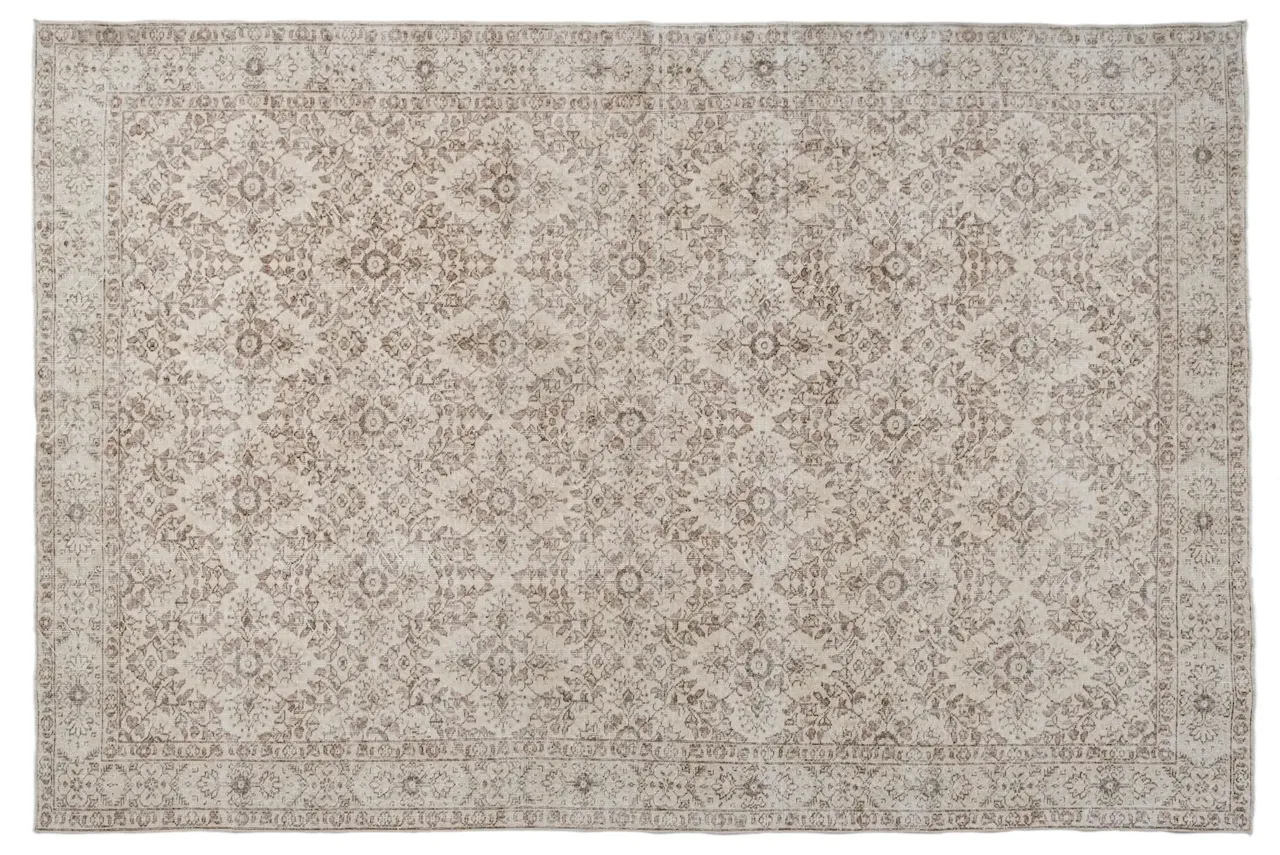
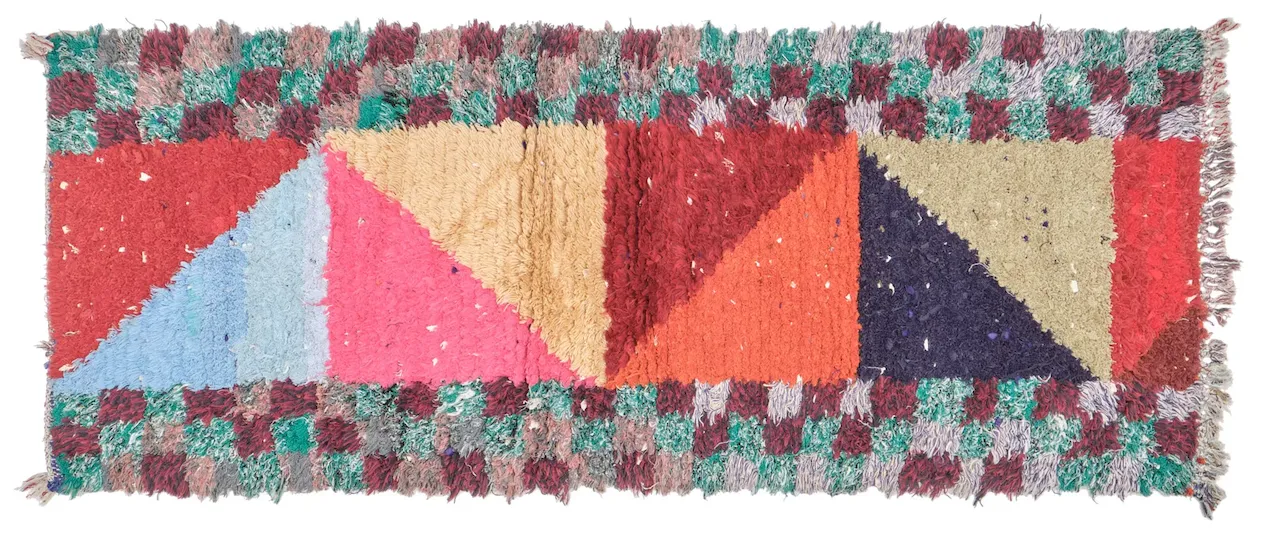
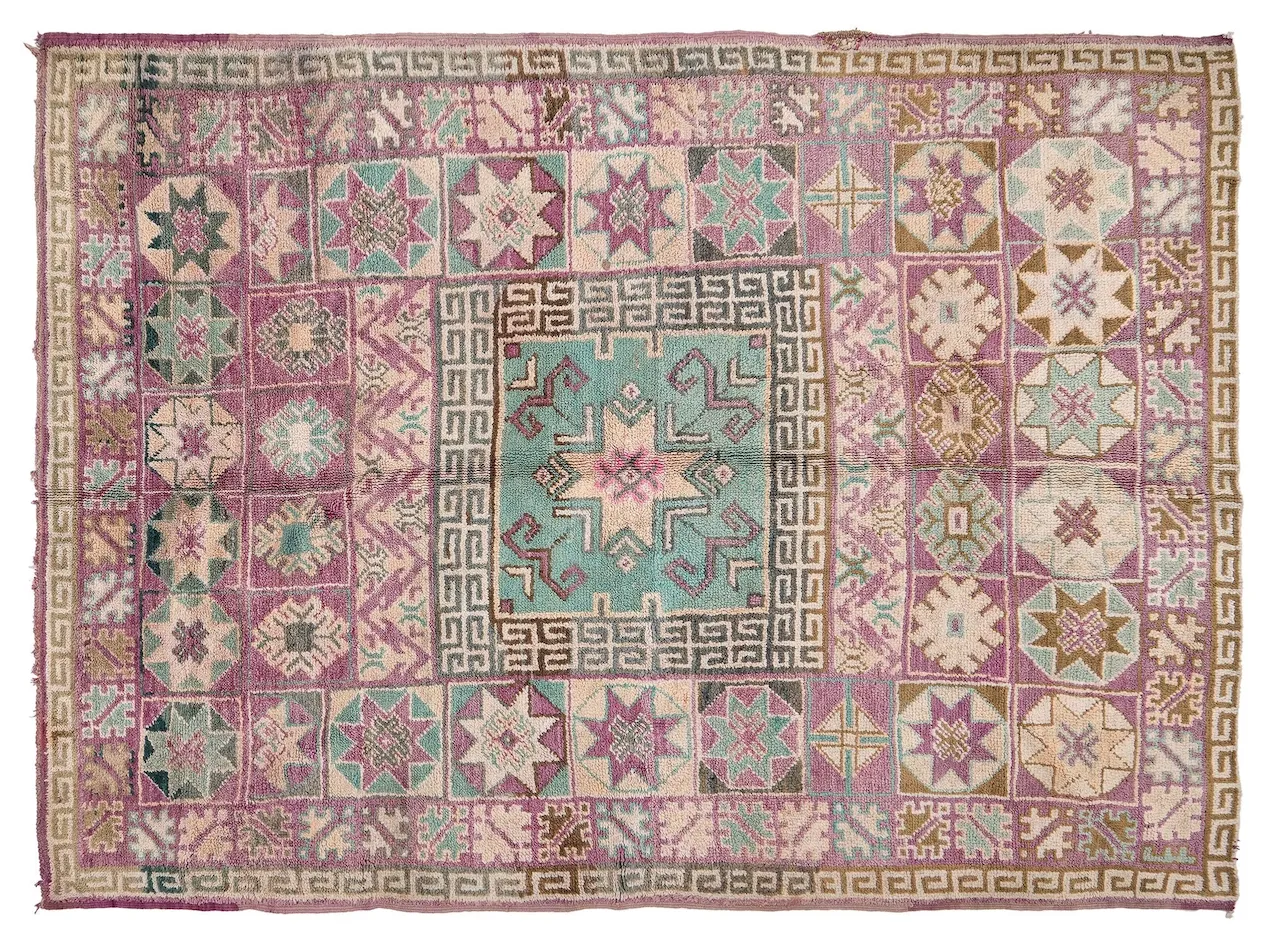

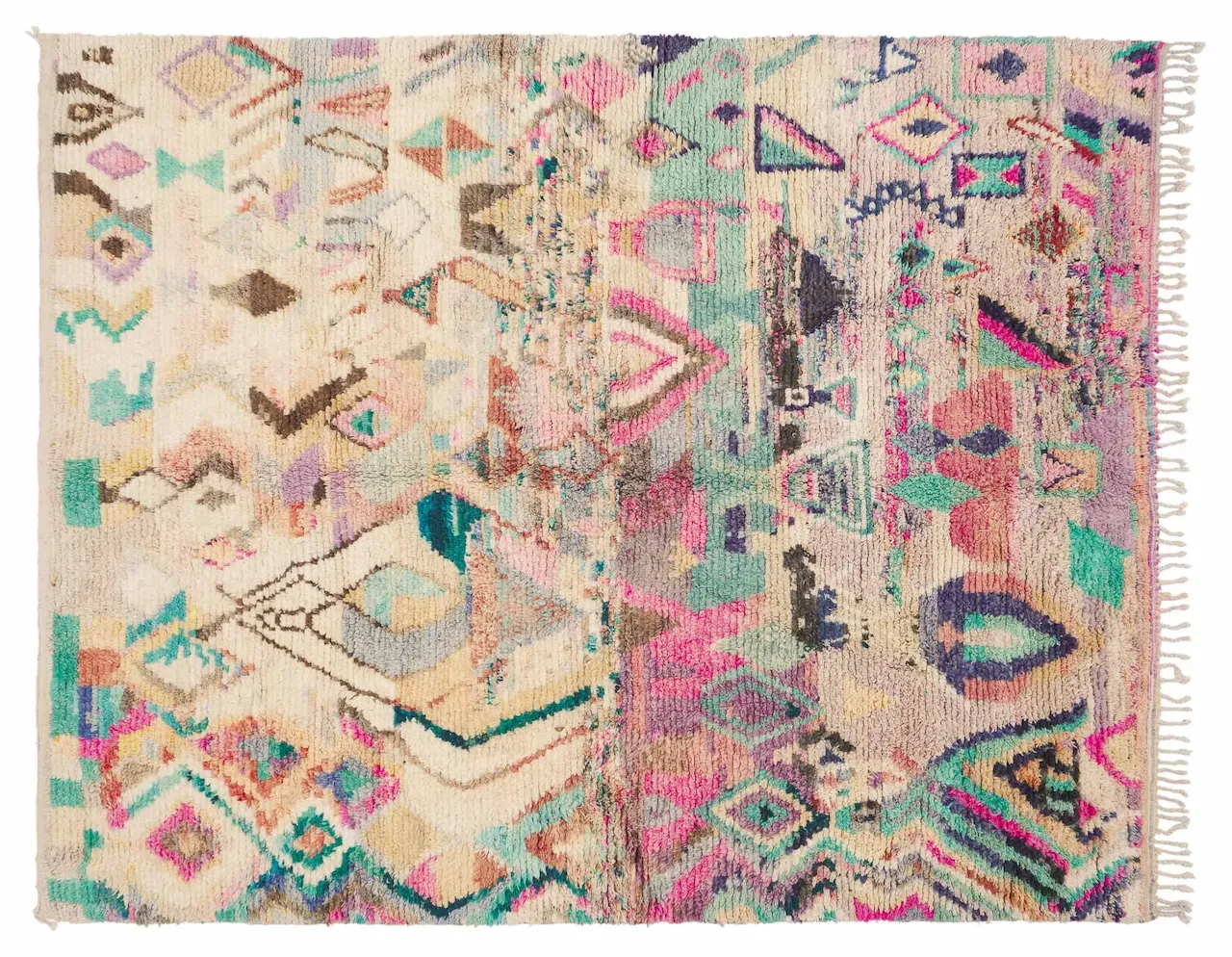
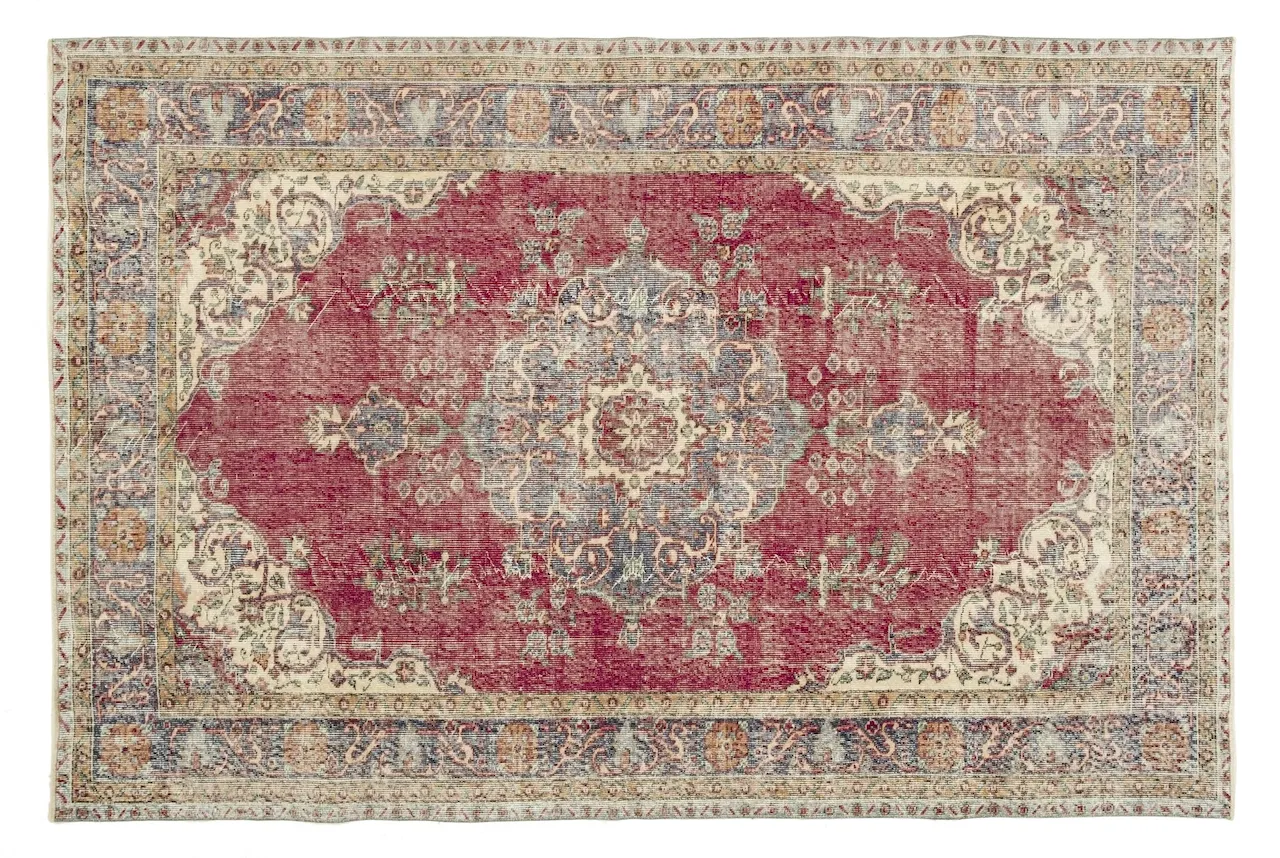
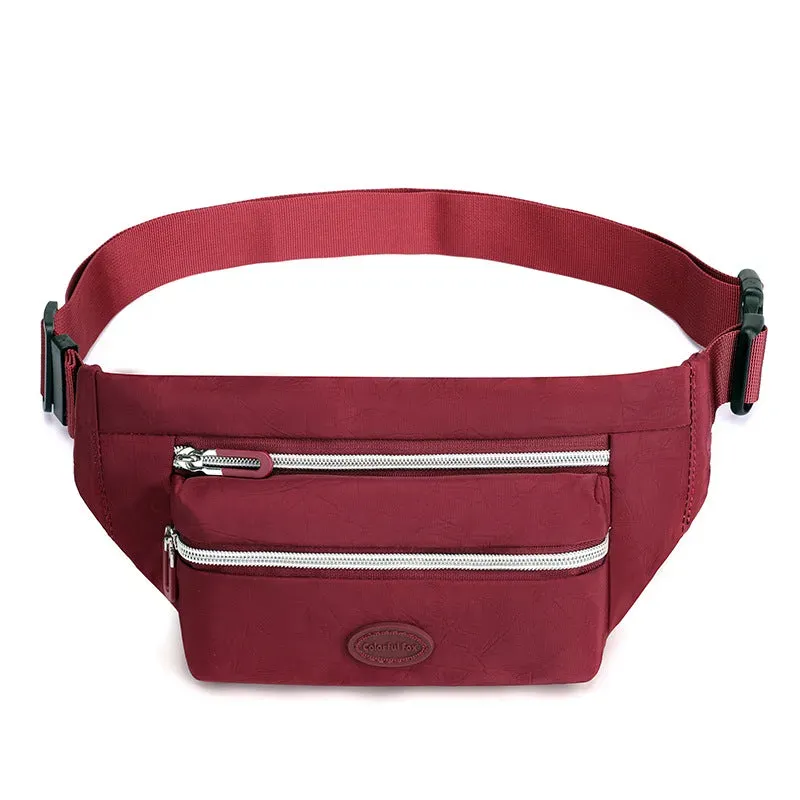 Elosung Red Casual Chest Bag Water Resistant Compact Waist Pack For Women With Strap Waist Packs & Bags
Elosung Red Casual Chest Bag Water Resistant Compact Waist Pack For Women With Strap Waist Packs & Bags 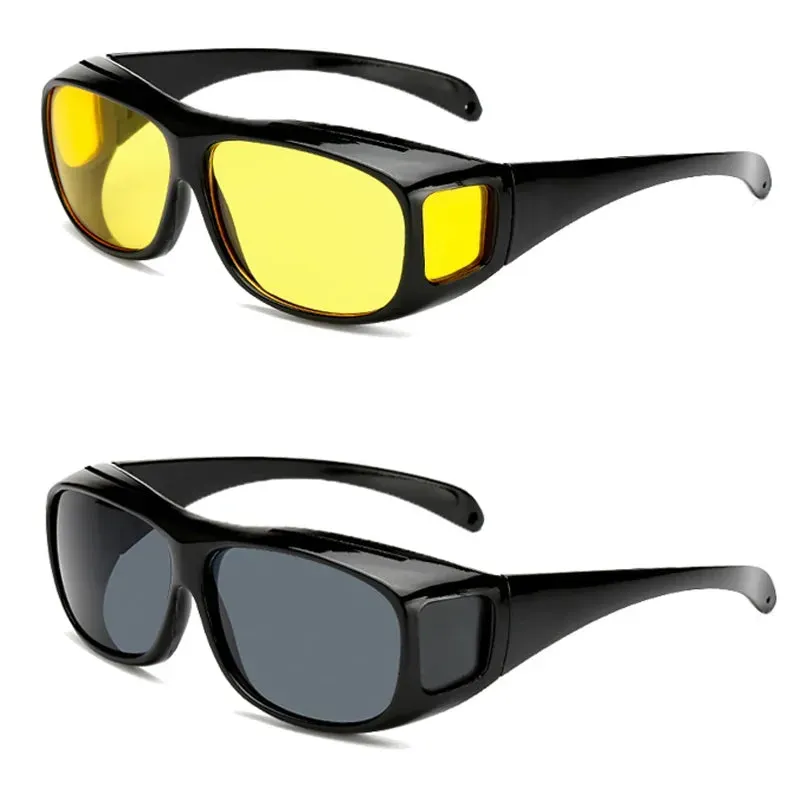 Car Night Vision Sunglasses Safety Driving Goggles Night Driving Glasses Unisex Sun Glasses UV Protection Sunglasses
Car Night Vision Sunglasses Safety Driving Goggles Night Driving Glasses Unisex Sun Glasses UV Protection Sunglasses  Multi Function Quick Release Military Style Shooters Nylon Tactical Belt With Metal Buckle Black Belts
Multi Function Quick Release Military Style Shooters Nylon Tactical Belt With Metal Buckle Black Belts
Reviews
There are no reviews yet.